 Magazine fiction from the 1890s-1950 gave us some of our most-loved characters from Sherlock Holmes to Hercule Poirot. With magazines in decline, where to now? The Lady?
Magazine fiction from the 1890s-1950 gave us some of our most-loved characters from Sherlock Holmes to Hercule Poirot. With magazines in decline, where to now? The Lady? The umpteenth return of the Return (of Sherlock Holmes) and the popular success of Avatar are apt reminders that we're a storytelling species with a dominant narrative gene somewhere in our DNA. We simply cannot get enough of What Happened Next?
Avatar, for all its counter-cultural, eco-friendly credentials, is a product of the Hollywood machine, but Holmes and Watson come from somewhere else: the golden age of British magazine fiction that has never been – indeed, could never be – repeated.
- Sherlock Holmes
- Production year: 2009
- Countries: Australia, Rest of the world, UK, USA
- Cert (UK): 12A
- Runtime: 128 mins
- Directors: Guy Ritchie
- Cast: Bronagh Gallagher, Eddie Marsan, Geraldine James, Hans Matheson, James Fox, Jude Law, Kelly Reilly, Mark Strong, Rachel McAdams, Robert Downey Jr., William Hope
As Selina Hastings writes in her excellent new biography of Somerset Maugham, another classic storyteller: "In the 1890s the literary market was rapidly expanding, focused on a large, educated middle class, with dozens of new magazines and periodicals launched every year and more than 400 publishing houses in London alone." (The parallels with the 1990s and the new media boom are striking). This was the age that threw up Treasure Island, The Jungle Book, Peter Pan, The Wind in the Willows, The Railway Children, the Jeeves and Wooster series and finally, in the 1920s, the queen of crime herself, Agatha Christie, and her Poirot and Miss Marple series.
Every one of these has been rendered cinematically for a mass audience on several occasions. We like stories, and especially when they are accompanied by appealing, strong and identifiable characters who can be interpreted by stars.
The postwar era, roughly 1950 to 2000, was far poorer in this genre, for several reasons. The novel became postmodern; in popular mass-market fiction, perhaps only James Bond qualifies as an heir to Captain Hook, Toad of Toad Hall and Hercule Poirot, and Fleming was always more than a touch Edwardian in his instincts (in Chitty Chitty Bang Bang, for instance). Popular magazines were dead or dying; film and TV had not yet begun to fill the gap (as they are beginning to do now; HBO's House, for example, bears a big, and fully acknowledged, debt to Sherlock Holmes). A hundred years or so after Conan Doyle, your ambitious genre writer is as likely to be working in film and TV as fiction or magazines.
In more recent times, the only fictional character to rival Holmes has been Harry Potter, who exhibits several quite distinct Edwardian traits (he's a strange orphan boy who is sent off to come of age in a public school). The more I write this blog, the more I wonder why no one has written on this theme before. Perhaps they have: the interconnections are certainly intriguing, and they all have to do with the growth of the print media at the turn of the 20th century.
The only really distinguished example of a writer consciously creating a strong identifiable character who can inhabit a series of books is John le Carré's George Smiley. No surprise to find BBC Radio 4 serialising all the Smiley books in the coming year. For the rest, the climate is no longer propitious to serial fiction, though I see that the rejuvenated Lady magazine, under Rachel Johnson, has begun to explore the possibilities of popular genre fiction with the launch of Jessica Ruston's serial. In the art of the story, there are only so many ways to skin a cat.
--
Robert McCrum, The Guardian, Monday 25 January




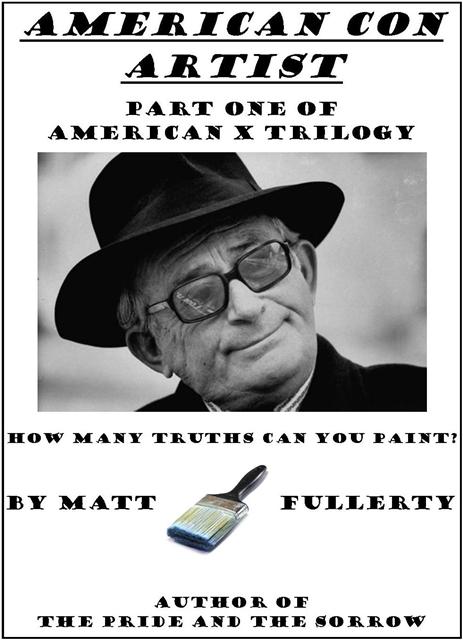cropped.jpg)
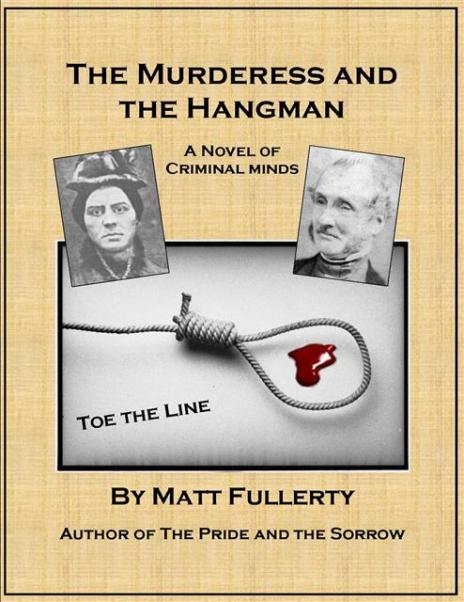.jpg)
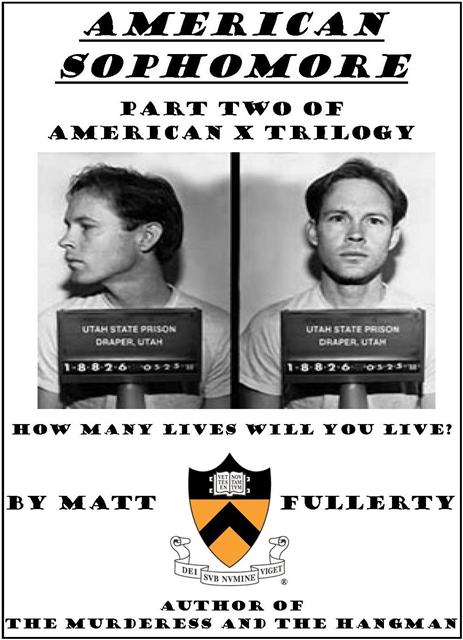cropped.jpg)
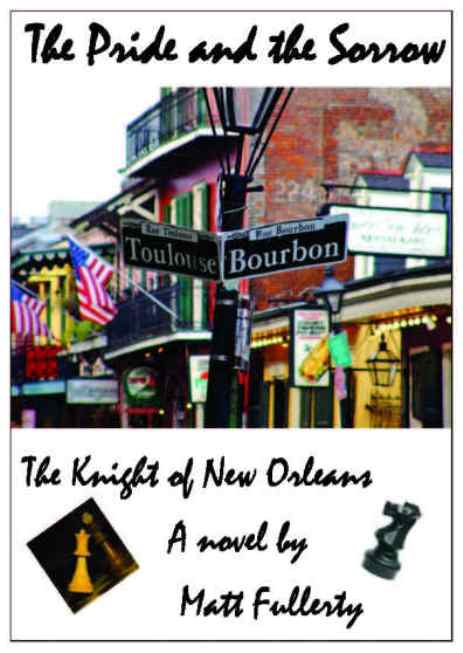2.jpg)
Cropped.jpg)
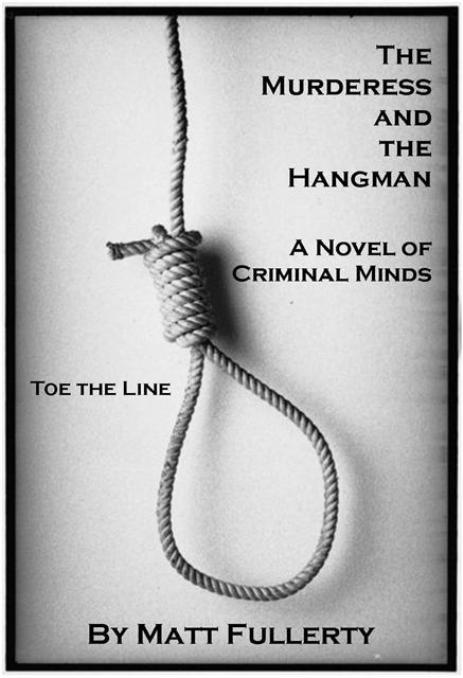cropped.jpg)
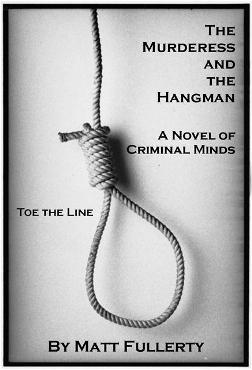4.jpg)






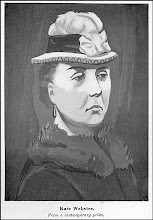







No comments:
Post a Comment